
by BR Kellie
For the first time in years, thanks to the power of isotretinoin, my skin looks good. Yes, there's residual scarring from my acne issue. Yes, my skin tone is uneven. Yes, there are dark spots and fine lines and not so fine lines. But for the first time in as long as I can remember, I am not looking in the mirror and wondering how I'm going to cover up a bunch of pimples and cystic acne. On top of that, due to the medication, my skin's needs have changed. I'm no longer anywhere near as oily, and you could even say some parts of my skin is well and truly dry. Due to this I've been trying out new skincare and discovering new methods of applying makeup - including going makeup-less! (To quote the youths: New face, who dis!?!?!) Which is why when the wonderful Lisa Eldrige put up a new video talking about her 'patchwork' skin technique, I clicked on it faster than I pounce on a bag of salt n vinegar chips.
So what is the patchwork skin technique? How can it be applied in a makeup and skincare sense? And is it something we can all embrace? Lisa revealed all...
Patchwork Skin
I imagine not many of us can put our hands up and say our skin is one type all over. In fact, I'd suggest that combination skin is what the majority of us experience. So it makes sense that we ought to apply skincare to suit the different areas of our face's needs, rather than just slap on one serum and one moisturiser and hope for the best. That means, when keeping patchwork skin in mind, if you've an oily T-zone you apply serums and moisturisers that will help mattify and control oil in that area, but if the rest of your skin needs more nourishment, you apply a more hydrating serum and moisturiser in those spots. Experience dry patches in some areas, but are 'normal' or more oily in others? Then add nourishing products to the dry areas and lighter products to those that don't need as much moisture. In my case I'm all about a hydrating serum and moisturiser on my nose and cheeks, but my forehead and chin need lighter products or by lunchtime my makeup is sliding off my face. Which brings me to...
Patchwork Face Base
This is where I feel the technique really comes into its own. Basically you take a look at your face and figure out where it needs coverage, and what kind of coverage it needs, then you apply foundation and concealer, along with spot concealing based on that. For me, that means taking my favourite medium coverage foundation (which is no longer being sold, so I'm glad to have found a way to make it last a touch longer) and applying it to my cheeks, the sides of my nose and a touch on my chin, all which tend to be a bit red. Due to my undereye area being dry I don't conceal there, as I don't want to build the product up and make my fine lines and dryness more obvious, but I do spot conceal the areas where I have a little scarring and a few broken capillaries. And that's that. Me done. My forehead and the sides of my face are left makeup-free, and overall it creates a more even, but fresh looking face.
Final Touches
The patchwork technique can also be applied to your makeup. In Lisa Eldridge's case, she used a gloss to underline her bottom lip to create fullness, before filling the rest of her lips in with the same gloss. Then she spot-touched her brows to fill them in, then groom them, using a couple of different products, but only in the areas where they were required, not all over all at once. She wasn't heavy handed in either case, and the result was truly glorious (seriously, watch the video!).
All said and done, the patchwork technique creates a fresh, natural look that is tailored to your skin's needs. Chic and relatively simple to do, we can use it to make the most of our best features, while playing down those we're not too keen on. Having tried it, I can firmly say it's a winner and a technique I'll be taking in 2022.
So, do tell... Do you like the idea of the patchwork skin technique? Is it a technique you already use? And are you as obsessed with Lisa Eldridge as we are? Chat below!



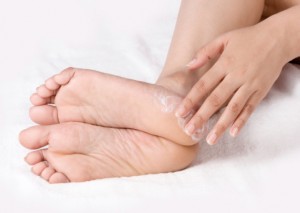



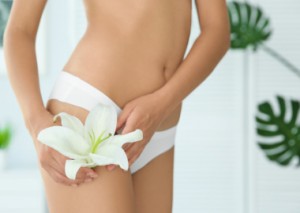

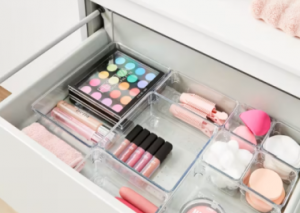

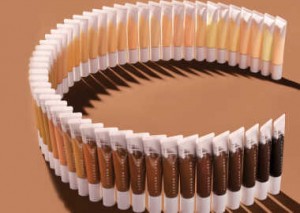
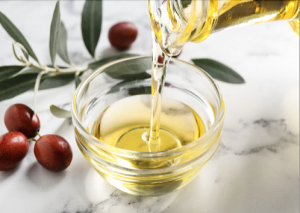
Too much effort for me lol